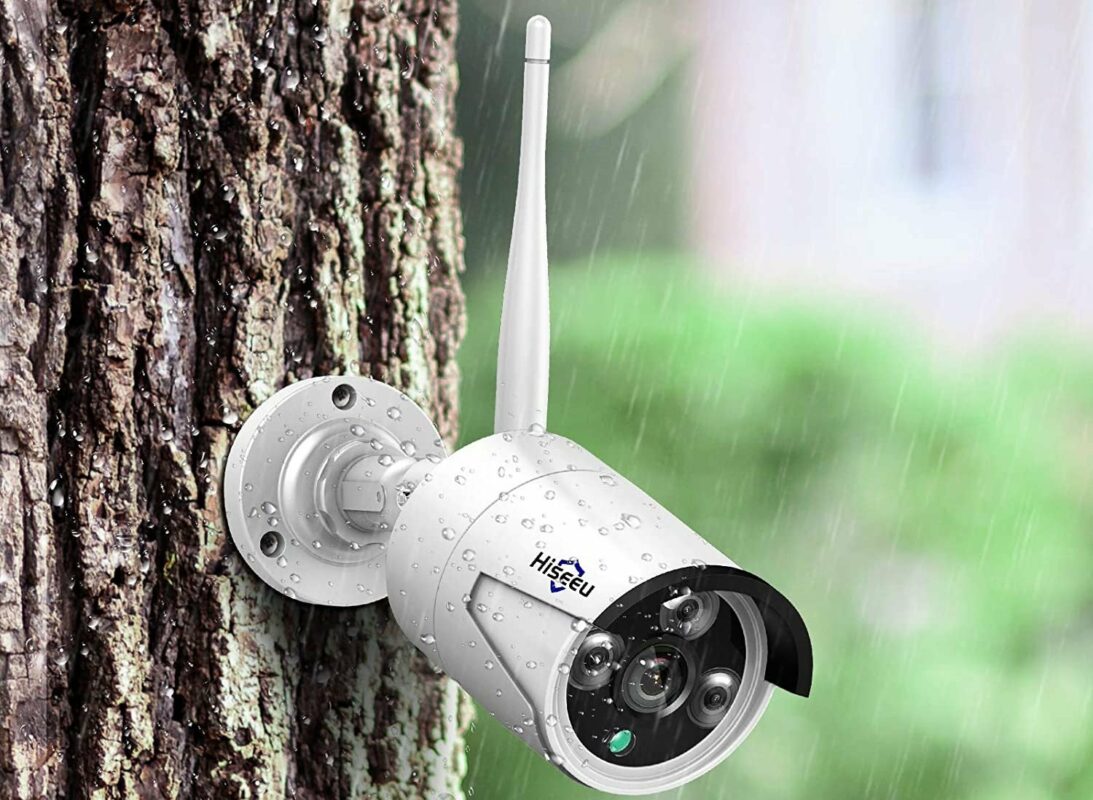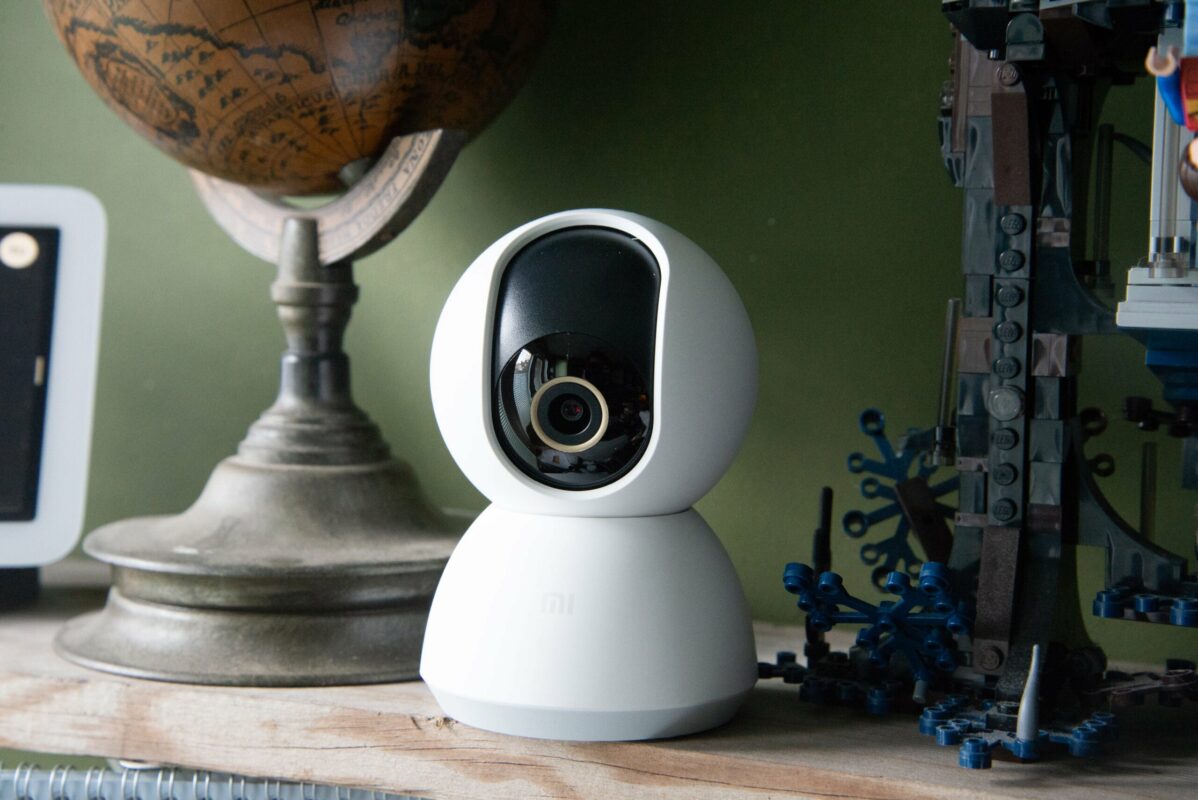Advantages and disadvantages of surveillance cameras at work.
- Installing CCTV cameras in the workplace can increase security, deter theft and improve employee accountability.
- Businesses looking to install security cameras should consider not only cost but also potential employee privacy issues and legal guidelines around workplace surveillance.
- The right choice for your business depends on what security risks you anticipate and what your employees and customers believe are being watched.
- This article is for business owners who are considering installing an on-site CCTV system in their store or office.
Every business owner wants a safe, comfortable, and productive work environment for their staff. One way to do this is to install surveillance cameras in the workplace. When implemented correctly, surveillance cameras can deter theft and other unwanted events while holding employees accountable for their work and actions.
Editor’s note: Looking for the right CCTV system for your business? Please complete the questionnaire below to have our vendor partners contact you regarding your needs.
However, companies that choose to install video security systems should do so with caution. Surveillance cameras have legal implications, including consideration of a person’s right to privacy. Business owners should research relevant laws and follow industry best practices for surveillance to avoid negative results.
Confused about whether CCTV is the right security option for your business? Here are some pros and cons of workplace surveillance cameras, along with best practices for implementing them.
Video surveillance professionals
The installation of a video surveillance system can offer many advantages for your business:
Provides security.
Surveillance cameras at the entrance to your business and inside the office can provide a general sense of security. Video feeds can monitor who enters and exits the building, which can deter intruders and improve employee security.
Reduces crime at work.
Video surveillance can reduce the incidence of crime in the workplace, both external and internal. Those seeking entry are less likely to attempt it if they see a surveillance camera at the entrance, and those who do are more likely to be caught after their team has reviewed the video footage. This same principle holds true for internal theft: if employees know they are being watched, they are likely to be discouraged from stealing from the office or store.
“The most important benefit of installing CCTV cameras is that it helps prevent crime,” said Glen Levine, co-founder and senior partner of the Law Offices of Anidjar & Levine. “The sight of a camera alone could deter a person from committing a crime, and if someone did commit a crime, the images from the cameras could be used as evidence.”
Helps prevent harassment and violence in the workplace.
Employees experiencing workplace harassment and violence may be afraid to come forward or may think the problem is not “serious enough” to warrant an investigation. One way to reduce the incidence of violence and aggression is to install high-visibility video surveillance. Potential abusers are less likely to engage in workplace harassment if they know they are being watched, and even if they do, victims can come forward with evidence without fear of retaliation.
Cultivate a productive work culture.
In addition to preventing negative events, surveillance cameras can create a more productive work environment. Employees who are familiar with video security systems and other surveillance techniques are likely to work harder and waste less time, especially if there is a productivity incentive.
“Employees tend to have a better work ethic if they know someone is watching them,” said Kim Chan, founder and CEO of legal tech platform DocPro. “They tend to arrive and leave on time and work harder.”
The disadvantages of video surveillance
Video surveillance is not without its drawbacks. Here are some to consider:
It can seem overwhelming.
While video surveillance can increase productivity, it can also have a negative effect when taken to extremes. Employees may see the cameras as proof that their employer does not trust them and is watching their every move. This is especially true when surveillance extends to areas such as break rooms or when more extensive surveillance systems are in place.
It can increase stress at work.
While workplace surveillance cameras may reassure some employees (as mentioned above), they could also backfire and increase employee stress. Team members may worry that their actions are considered “productive enough,” which could lead to decreased productivity and burnout.
This sometimes gives a false sense of security.
Workplace surveillance cameras are great tools for increasing security, but they are not a substitute for vigilance by employees and security personnel. If companies implement video surveillance without actually monitoring it or taking other protective measures, they are still at risk of a security breach.
It can be expensive.
Between the equipment itself and the cost of wiring or installation, security cameras can often be a hefty bill, which can be a burden for small businesses.
Best practices for video surveillance at work
If you have decided to install a video surveillance system in your workplace, follow these best practices to avoid unintended consequences.
1. Check your state laws.
Before installing security cameras, make sure that their use is in accordance with the law. Exact video surveillance laws vary from state to state, and some states do not have specific workplace privacy laws. Generally speaking, however, video surveillance should not violate reasonable expectations of privacy.
“Surveillance cannot take place in a bathroom or in a room where employees change uniforms,” said Francine Love, founder and managing attorney of Love Law Firm PLLC. “If the room has a reasonable expectation of privacy, the employer is advised not to install a camera.”
Levine noted that audio recording is probably not allowed for workplace surveillance, so check local laws before setting up a surveillance system with an audio component.
2. Involve your legal and human resources department.
Your company’s human resources team is an invaluable resource when it comes to workplace surveillance laws. HR can ensure that all security management practices are reasonable and effective, protecting employee privacy and potential employer liability. Additionally, they can help you communicate with employees about your video surveillance and any concerns your employees have.
You should also consult with your business legal counsel or a licensed employment attorney before using a video surveillance system.
“Many employers are unaware of the privacy law requirements in their jurisdiction and set up monitoring systems that exceed legal limits,” Love said. “It may cost them much more than the amounts they were trying to protect.”
3. Be transparent with employees.
“Under personal data protection law in most jurisdictions, employers will be required to inform employees that they are registered, the purpose of the monitoring, how the records will be used, and how long they will be kept,” Chan said. mentioned. However, being as transparent as possible with your team is always a good practice, especially when it comes to monitoring.
Employees may feel uncomfortable being monitored at first, but if you are transparent about your CCTV system and its purpose, they are likely to be less concerned. This should alleviate their feeling that you are setting up the cameras to spy on them or that you don’t trust them.
“Talk to employees to see if they are against such a system and, if possible, get their consent,” added Chan. “You don’t want resignations or HR issues as a result of putting surveillance cameras on employees without notice.”
4. Respect employee privacy.
Surveillance cameras installed in prominent spaces (such as main offices or storage rooms) generally do not pose any privacy concerns. The problem arises when video cameras are installed in areas such as break rooms or if more invasive security methods are implemented. It is important to be aware of any data confidentiality obligations that may be breached in the process and to avoid the collection of this type of data.
5. Choose the best CCTV system for your business.
If you have decided to purchase CCTV equipment for your workplace, consider which system is best for your business needs. Here are some factors to consider:
- Camera type. The two main types of video surveillance systems are Internet Protocol (IP) and analog. IP cameras offer network connectivity and more functionality than analog cameras. Storage systems also vary depending on the type of camera.
- Required features. Consider when and where your business needs protection. For example, a business looking for improved after-hours security would benefit from night vision. If you are installing outdoor cameras in areas exposed to the elements, it is best to choose a weatherproof camera.
- Small businesses that only use one or two cameras can install the system themselves, while larger businesses with multiple locations may have to pay for professional installation.
- The price of your CCTV system will depend on the size of your business, the number of cameras you need, and the additional features you need.
key to goTakeaways: If you choose to install a CCTV system in your workplace, be sure to check local and state laws, involve your human resources department, be transparent with your employees and respect their privacy, and invest in a CCTV system. quality that suits your business needs.












